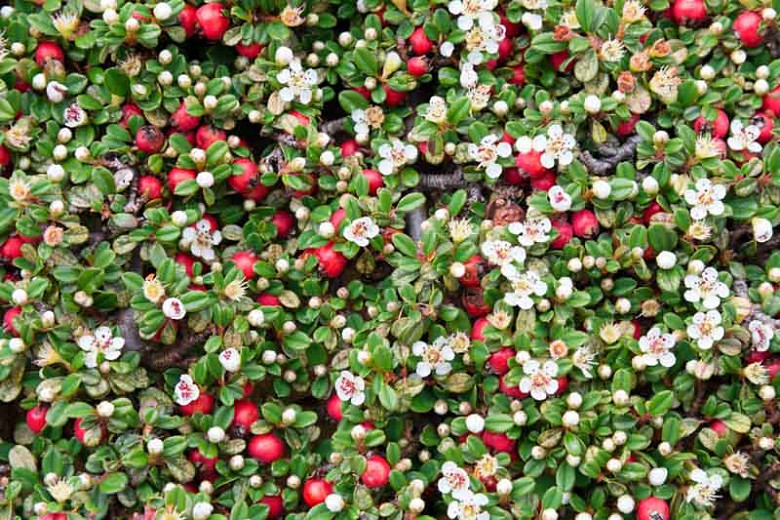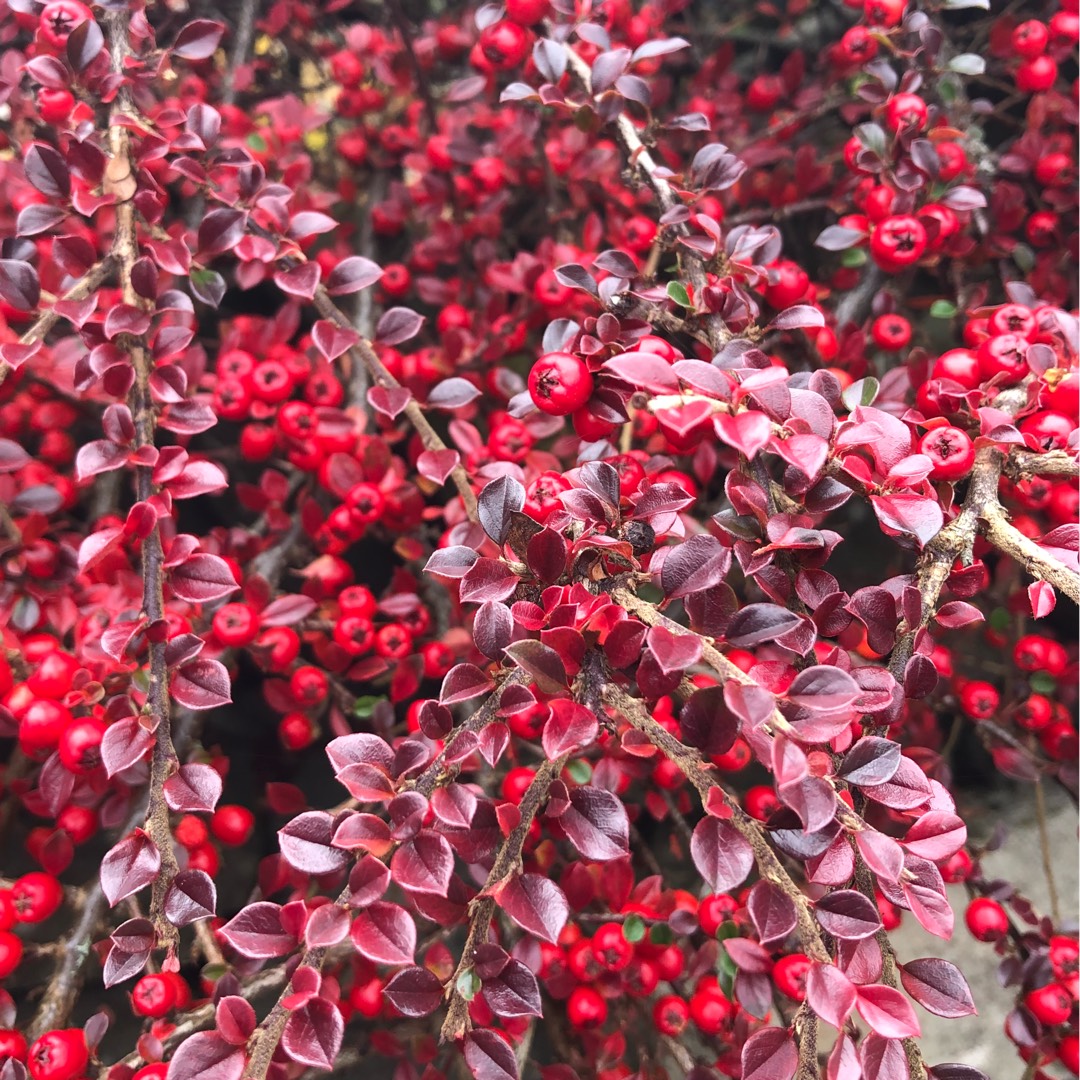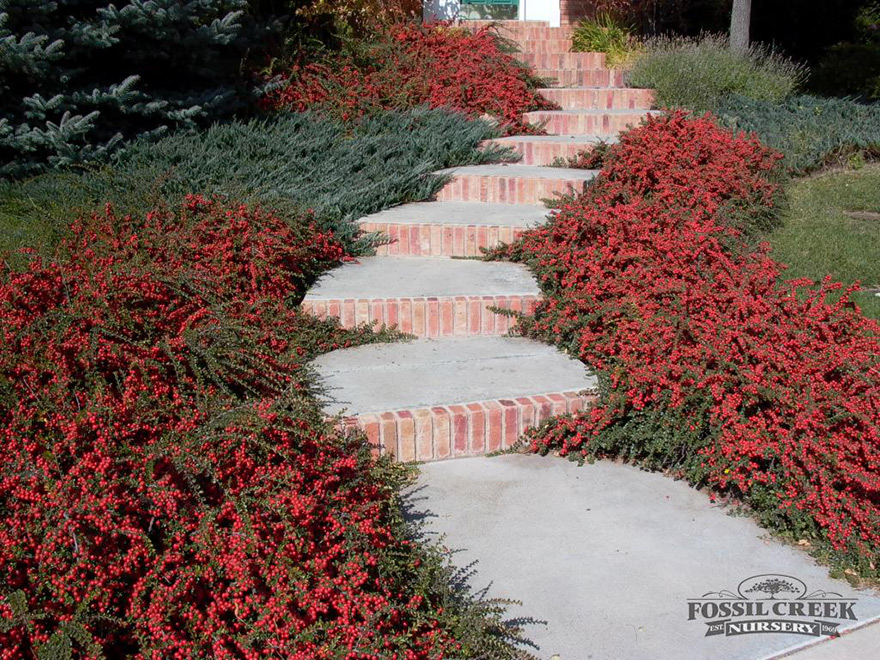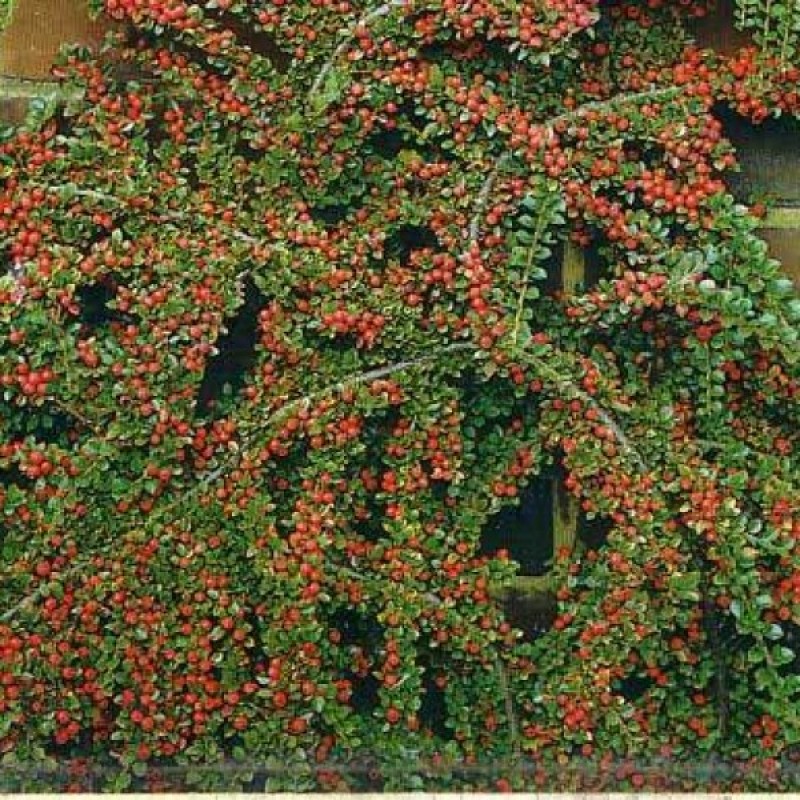Rockspray Cotoneaster: The Easycare Shrub That Will Add Beauty To Your Garden
Title: Rockspray Cotoneaster: The Easy-Care Shrub That Will Add Beauty to Your Garden
Introduction:
Rockspray cotoneaster is a beautiful and versatile shrub that is easy to care for. It is drought-tolerant and can be grown in a variety of conditions, making it a great choice for gardens in hot, dry climates. Rockspray cotoneaster also has attractive foliage and bright red berries, making it a valuable addition to any landscape.
In this blog post, we will discuss the following topics:
- The different varieties of rockspray cotoneaster
- How to plant and care for rockspray cotoneaster
- The benefits of growing rockspray cotoneaster
Main Content:
Varieties of Rockspray Cotoneaster
There are many different varieties of rockspray cotoneaster, each with its own unique characteristics. Some popular varieties include:
- Cotoneaster horizontalis, also known as the creeping cotoneaster, is a low-growing shrub that spreads by rooting at the tips of its branches. It is perfect for groundcover or rock gardens.
- Cotoneaster 'Cornubia' is a larger shrub that produces bright red berries in autumn. It is a good choice for borders or hedges.

- Cotoneaster dammeri, also known as the bearberry cotoneaster, is a hardy shrub that can tolerate cold winters. It has attractive evergreen foliage and produces white flowers in spring.

How to Plant and Care for Rockspray Cotoneaster
Rockspray cotoneaster is a relatively easy shrub to care for. It prefers full sun but can tolerate partial shade. It is also drought-tolerant once established.
To plant rockspray cotoneaster, dig a hole that is twice the width of the root ball. Backfill the hole with soil and water well. Rockspray cotoneaster does not require a lot of fertilizer, but you can fertilize it in spring with a balanced fertilizer.
Benefits of Growing Rockspray Cotoneaster
There are many benefits to growing rockspray cotoneaster, including:
- It is easy to care for.
- It is drought-tolerant.
- It can be grown in a variety of conditions.
- It has attractive foliage and bright red berries.
- It is deer-resistant.
Conclusion
Rockspray cotoneaster is a beautiful and versatile shrub that is easy to care for. It is a great choice for gardens in hot, dry climates and can be used in a variety of ways, including groundcover, borders, and hedges. If you are looking for an easy-care shrub that will add beauty to your garden, rockspray cotoneaster is a great option.
Rockspray cotoneaster is a beautiful and versatile shrub that can be used in a variety of landscape settings. It is low-maintenance and drought-tolerant, making it a great choice for busy gardeners. Rockspray cotoneaster also produces attractive red berries in the fall, which are a favorite of birds.
If you are interested in learning more about rockspray cotoneaster, I recommend visiting Home Gardening. This website has a wealth of information about the plant, including its care requirements, planting instructions, and pest and disease control.
FAQ of rockspray cotoneaster
- What is rockspray cotoneaster?
Rockspray cotoneaster is a deciduous shrub that is native to Europe and Asia. It is known for its cascading branches, which can grow up to 6 feet long. The leaves are small and oval, and they turn a brilliant red in the fall. Rockspray cotoneaster blooms in late spring or early summer, with small white or pink flowers.
- Where does rockspray cotoneaster grow best?
Rockspray cotoneaster prefers full sun or partial shade. It is tolerant of a wide range of soils, but it does best in moist, well-drained soil. Rockspray cotoneaster is hardy in USDA zones 4-8.
- How to care for rockspray cotoneaster?
Rockspray cotoneaster is a low-maintenance shrub. It does not require much fertilizer, but it benefits from an annual application of compost or manure. Rockspray cotoneaster should be pruned in late winter or early spring.
- What are some common problems with rockspray cotoneaster?
The most common problem with rockspray cotoneaster is powdery mildew. This fungal disease can cause the leaves to turn white and powdery. Powdery mildew can be prevented by watering the plant in the morning so that the leaves have a chance to dry before nightfall. If powdery mildew does occur, it can be treated with a fungicide.
- How to propagate rockspray cotoneaster?
Rockspray cotoneaster can be propagated by stem cuttings. Take stem cuttings in the summer from healthy, new growth. The cuttings should be about 4 inches long and should have at least two nodes. Dip the cuttings in rooting hormone and plant them in a well-draining potting mix. Keep the cuttings moist and in a warm, sunny location. The cuttings should root in about 4-6 weeks.
Image of rockspray cotoneaster
10 different images of rockspray cotoneaster that are free to use:
- Rockspray cotoneaster in full bloom. This image shows the beautiful white flowers of the rockspray cotoneaster. The flowers are small and delicate, but they bloom in large clusters, making the shrub look very pretty.

- Rockspray cotoneaster in fall. This image shows the rockspray cotoneaster in fall, when the leaves turn a brilliant red color. The red leaves are a beautiful contrast to the green leaves of other plants, and they make the rockspray cotoneaster a standout in the garden.

- Rockspray cotoneaster in winter. This image shows the rockspray cotoneaster in winter, when the leaves have fallen off. The bare branches of the shrub are still attractive, and they can be used to add structure to the garden.

- Rockspray cotoneaster as a groundcover. This image shows the rockspray cotoneaster as a groundcover. The shrub is low-growing and spreading, making it a good choice for covering large areas of ground.

- Rockspray cotoneaster as a hedge. This image shows the rockspray cotoneaster as a hedge. The shrub can be trimmed to create a formal hedge, or it can be allowed to grow more naturally.
-Leaf-Close-Up.jpg)
- Rockspray cotoneaster in a container. This image shows the rockspray cotoneaster in a container. The shrub can be grown in containers, making it a good choice for patios and balconies.

- Rockspray cotoneaster in a rock garden. This image shows the rockspray cotoneaster in a rock garden. The shrub is drought-tolerant and low-maintenance, making it a good choice for rock gardens.

- Rockspray cotoneaster in a mixed border. This image shows the rockspray cotoneaster in a mixed border. The shrub can be used to add contrast and texture to a mixed border.

- Rockspray cotoneaster attracting butterflies. This image shows the rockspray cotoneaster attracting butterflies. The flowers of the shrub are a favorite food of butterflies, so it is a good choice for attracting these pollinators to the garden.

- Rockspray cotoneaster with berries. This image shows the rockspray cotoneaster with berries. The berries of the shrub are edible, and they are a favorite food of birds.
Post a Comment for "Rockspray Cotoneaster: The Easycare Shrub That Will Add Beauty To Your Garden"